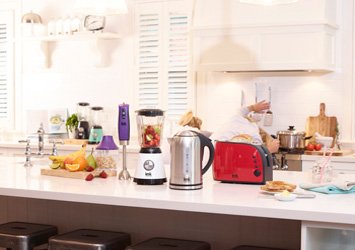Clutter’s Last Stand
What would we do if we actually had to use everything we own, including all that stuff in the drawers, cupboards, closets, shelves and boxes in our kitchen, bedrooms, living room, basement, attic, garage, rafters, driveway, patio, side yard and cars?
Could we do it? It’s not likely. Instead, we pack it, stack it and pile it away — we even pay rent to store it — and keep accumulating even more. More stuff dilutes the quality of our lives.
Every possession carries two price tags: the original purchase price and the continuing toll. That second amount is paid in upkeep, time, maintenance and storage. It can charge its toll in anxiety, depression, relationship conflict, financial distress and even impaired function.
I’ve done it. Perhaps you have, too. I’ve packed it all up and paid someone to move it to a new place. “I’ll sort it there,” I told myself. Years later, I’m still hounded by unpacked boxes that I’ve moved from one house to another, from one floor to the basement, from one room to another or just one side of the closet to the other.
Who could calculate the number of hours we’ve tossed down the drain because of clutter? Simple tasks turn into search-and-rescue missions. There are some people in my neighborhood who move the entire contents of the garage onto the front lawn to retrieve holiday decorations. Then, they take the rest of the day cramming it all back before dark.
Perhaps you know about or have heard of the 80/20 Rule, also known as the Pareto Principle. It says that 80% of outcomes result from 20% of inputs. The rule is uncannily predictive. For example, the average person wears 20% of the clothes he or she owns; 80% just take up space in the closet. Here’s another: 20% of employees are responsible for 80% of the results; 20% of students have grades of 80% or higher. It is quite amazing how that works out.
JUDGE YOUR CLUTTER
Ask yourself these five questions to decide if it is clutter or not:
No. 1: Does it work?
So much of the clutter in our homes is made up of broken things we plan to fix and clothes that might someday fit.
No. 2: Do I really need it?
Determine the impact of this item disappearing from your life.
No. 3: Do I enjoy it?
If this item brings beauty and joy to your life, it is not clutter. Sentimental belongings and things that bring true beauty to our lives should be treated with great care and respect, not packed away in the attic to be forgotten.
No. 4: Am I using it now?
Although the 80/20 rule is frequently used in business and economics, you can apply the concept to just about anything — especially clutter. Remember, Pareto says we use and enjoy 20% of what we own. The other 80% is made up of items we don’t use, feel we should use or think we might use someday. If that item doesn’t fall into the 20% of things you own that you use on a regular basis, love and enjoy, consider it suspect.
No. 5: Will I use it in the next year?
If you are not certain you will use it soon, more than likely, it’s clutter!
MOVE IT OUT
Sell it, give it away or throw it out. One of the best solutions for “good stuff” is to give it to someone who wants or needs it.
The more seriously you take this matter of de-junking, the greater the positive impact it will have on your life. Important stuff will be easier to find when you don’t have to rifle through piles of worthless clutter.
Copyright 2022 Creators.com




